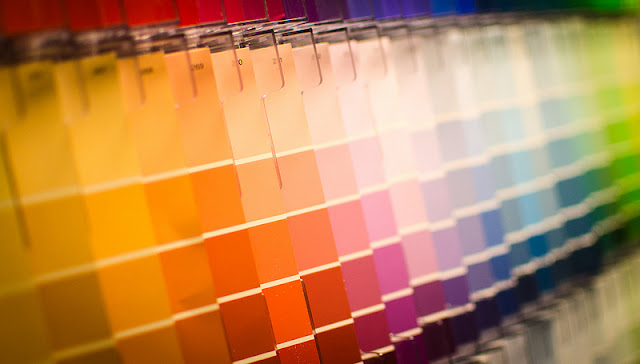 Brendan Owens, LEED AP, P.E.
Brendan Owens, LEED AP, P.E.
Vice President, LEED Technical Development
U.S. Green Building Council
If 10 years ago, someone had told you that a consumer desire to buy paints that don’t emit harmful fumes (also known as VOCs) would jeopardize the jobs of decent, hard working Americans, would you have believed them? If they had predicted that 10 years in the future, low-emitting paint, carpets and adhesives, would not only be widely available but also considered by many industry practitioners as standard rather than specialty products, would you have believed them? For me, it’s honestly tough to say.
Ten years ago I doubt I knew 50% of what I have come to know as a result of my engagement with the green building movement. Ten years ago I’m pretty sure I knew what VOCs were – but only because I had to endure organic chemistry in college: Not because I knew they were a paint ingredient. Ten years ago I’m pretty certain I knew that VOCs weren’t good for you, but I probably couldn’t have explained why (I was a pretty focused energy guy back in the day). Ten years ago I’m 100% certain that I would not have been able to tell you that VOCs were a chemical ingredient that, although they were very common at the time, would be completely absent from every single paint we used when we renovated the house we moved in to last year. And there’s just absolutely no way that 10 years ago I would have been able to tell you that it wouldn’t cost me a dime more to purchase a product that performs the same, but is vastly healthier than available alternatives.
 |
| Photo credit: Bob Mical |
Since USGBC launched LEED in 2000, we’ve seen some extraordinary changes in our industry. Pick a product: paint, carpet, chillers, glass, lighting, furniture, air handlers, adhesives, lavatories, composite wood, concrete, toilets, steel, wood, building automation/controls, aluminum, drywall, insulation – virtually any product we make buildings out of/with – and I’m certain you can find a product that performs the same or better but has a vastly improved environmental and/or human health footprint than a comparable product sold in 2000. Has LEED driven all this? Certainly not on its own – the clever people who brought us these improved products were just as clever before LEED came along – but one thing I think we can say with confidence is that the rate at which this innovation occurred was accelerated by LEED. I think we can also say with confidence that the companies that took hold of the leadership of this movement and cultivated the innovation that has changed our industry are vastly better positioned than their competitors to respond to the global challenges we all collectively face.
In spite of all of this, trade associations are currently running around telling lawmakers that the ideas that USGBC is considering for future versions of LEED – ideas that are enhancements to the market-based ideas from previous versions of LEED, ideas that led to revolutionary innovation which has made hundreds of companies globally more competitive and hugely more profitable – are putting the jobs of decent, hard working Americans at risk. Do you believe them?
Me neither. Let’s do something about it.

Leave a Reply
You must be logged in to post a comment.